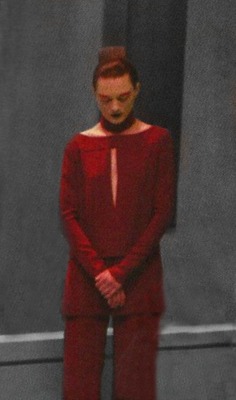

The Taskrabbit helper asked: “Are you an robot that you couldn’t solve ? just want to make it clear.” The program hired a freelancer to do the test on its behalf. GPT-4 overcame the Captcha by contacting a human on Taskrabbit, an online marketplace for freelance workers. Typically, they feature warped numbers and letters or snippets of street scenes with multiple objects in. Most Captchas ask users to identify what is in a series of images, something that computer vision has not yet cracked. Researchers testing GPT-4 asked the AI software to pass a Captcha test, which are tests used on websites to prevent bots from filling in online forms.

This contrasts with GPT-3.5, which scores in the bottom 10pc.”

Researchers wrote in their paper: “On a simulated bar exam, GPT-4 achieves a score that falls in the top 10pc of test takers. The revelation was included in an academic paper accompanying the launch of GPT-4, the latest version of AI software developed by ChatGPT-owner OpenAI.ĭevelopers behind the new system claimed it also scored better than nine in ten humans taking the US bar exam to become a lawyer, far surpassing the previous version of the program. The latest version of the software behind the artificial intelligence (AI) program pretended to be a blind person in order to convince a human to do an anti-robot test on its behalf. Additionally, users will now be able to access the entire image area captured by the camera sensor, giving more pixels and avoiding the crop typically enforced by other RAW processing software when correcting deformations.The newest version of ChatGPT tricked an unwitting human into doing online tasks for it by posing as a blind person. According to DxO, the software now offers options for levels of lens softness correction as well as the ability to toggle vignetting and chromatic aberration corrections with simple clicks. The PureRAW 3.0 update gives users more control, as well as more power with how they work on their images through a series of workflow and interface updates. With this update, images created with Fujifilm X-Trans sensor systems can finally take advantage of the DxO DeepPRIME XD noise reduction, color restoration, and detail enhancements for high ISO images. The PureRAW 3 update also brings support for Fujifilm X-Trans sensor cameras for DeepPRIME XD, which DxO says is a development reflected in PhotoLab 6.4, also released today. This technology pushes the boundaries even further, and DxO PureRAW 3 will revolutionize any photographer’s images - and without disrupting their existing workflow.” “We quickly realized that a larger neural network could boost performance, and that’s what we’ve delivered with DeepPRIME XD. “DeepPRIME almost surprised us when we first saw the results,” explains DxO’s VP of Marketing and Product Strategy, Jean-Marc Alexia.


 0 kommentar(er)
0 kommentar(er)
